Plenty for All: Urban Agriculture Gets a Rebrand
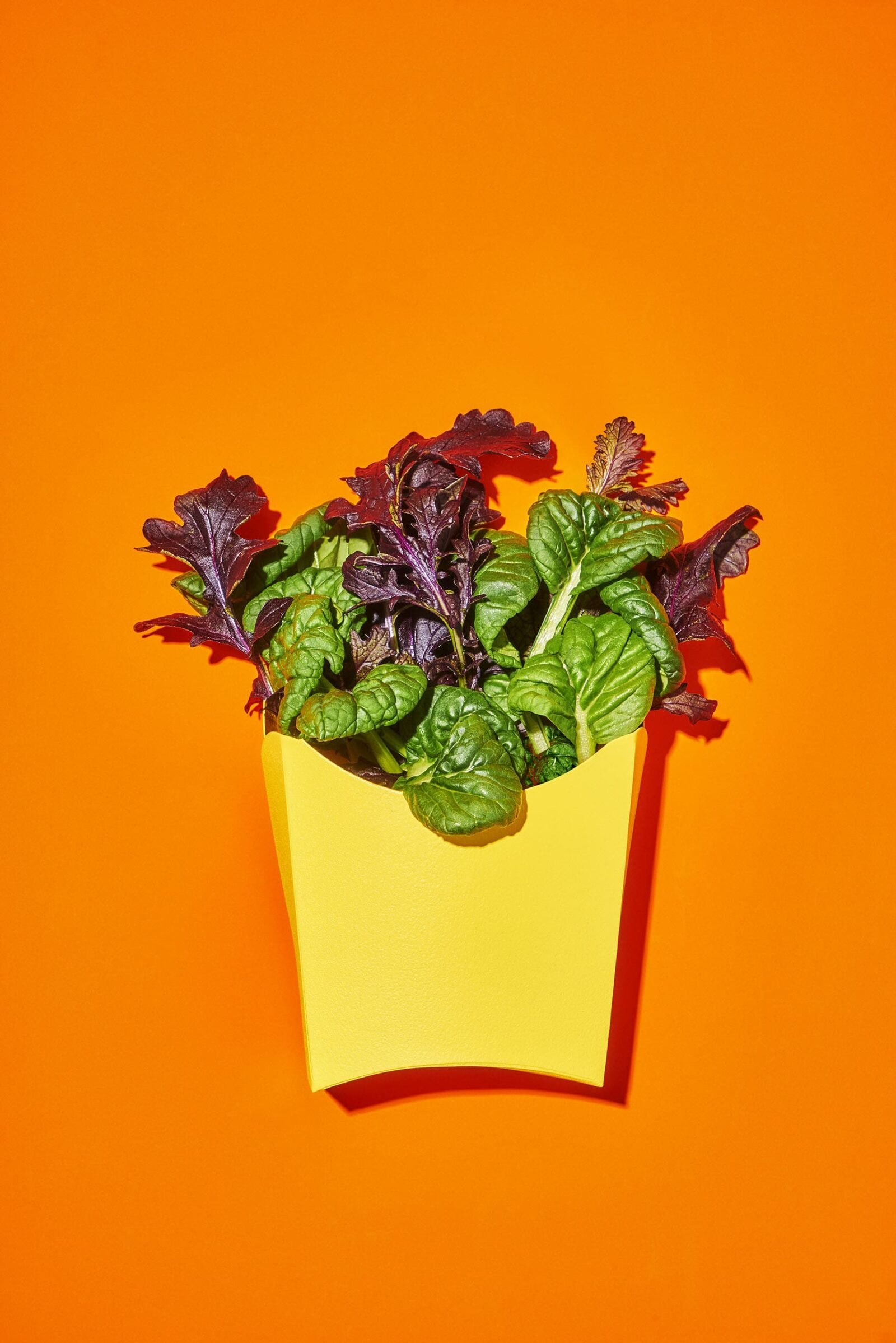
San Francisco-based Plenty gives us a glimpse of the future of high-tech urban agriculture. The company's produce is wrapped in packaging that taps into the successful colour psychology of fast-food brands.
Plenty is an indoor agricultural company attempting to develop a whole new way of feeding the world. They use an innovative approach to farming that is so efficient, that they can grow an acre’s worth of produce in the space of a basketball court. Plenty’s mission concerns: “plants, people and planet”. They grow high-quality products, deliver them to a growing number of people, and whilst doing so, help diminish the damage that we’re doing to the planet.
Plenty’s new flagship farm, Tigris, in San Francisco uses less than 5% of the water consumption and 99% less land than traditional farming, whilst being powered entirely by wind and solar power. The Tigris farm showcases a fruitful partnership between humans and machines — the operation combines generations of farming expertise, plant scientists and engineers with data analytics, machine learning and tailored lighting, to maximise the taste and nutritional value of Plenty’s produce.
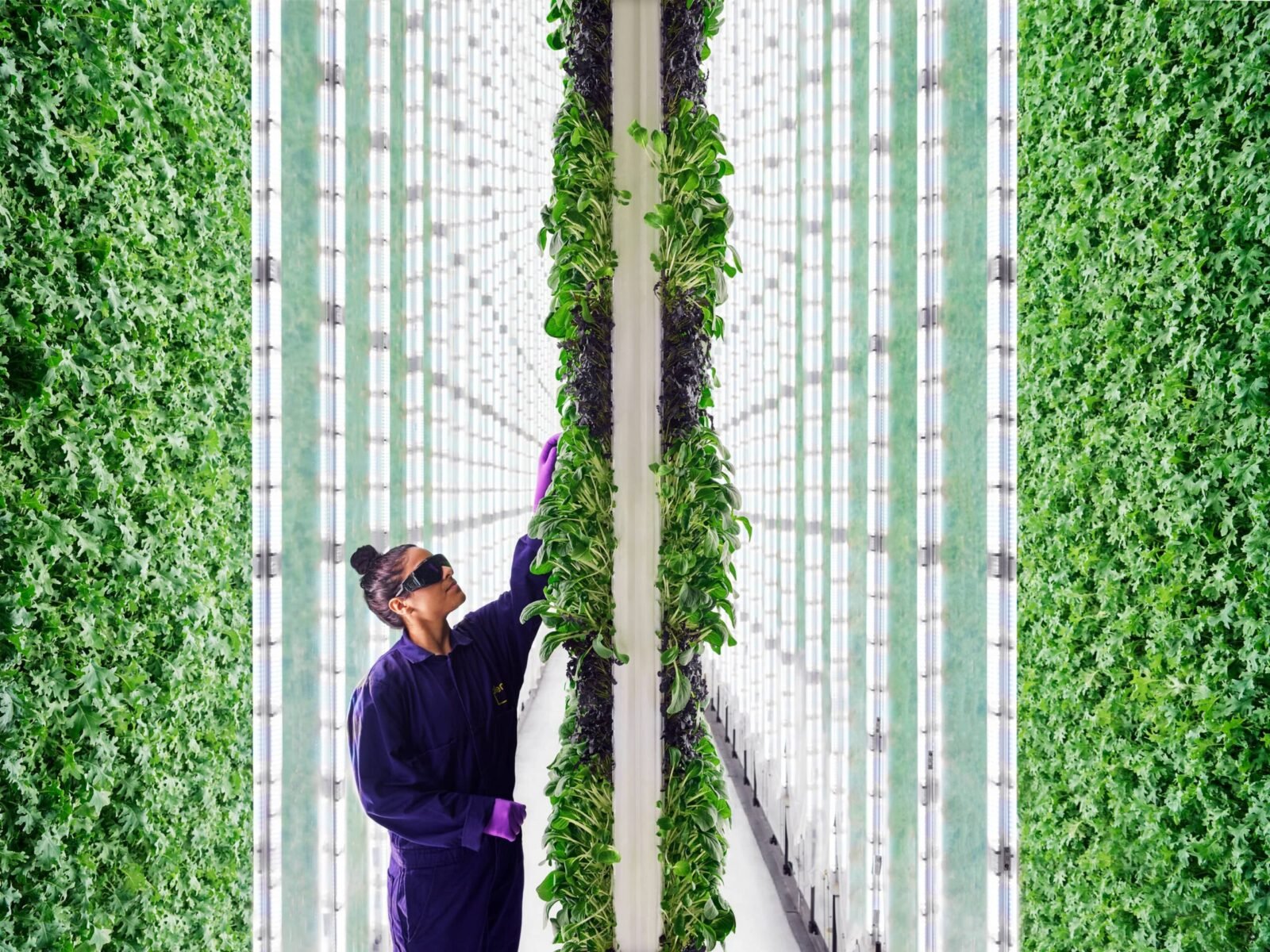
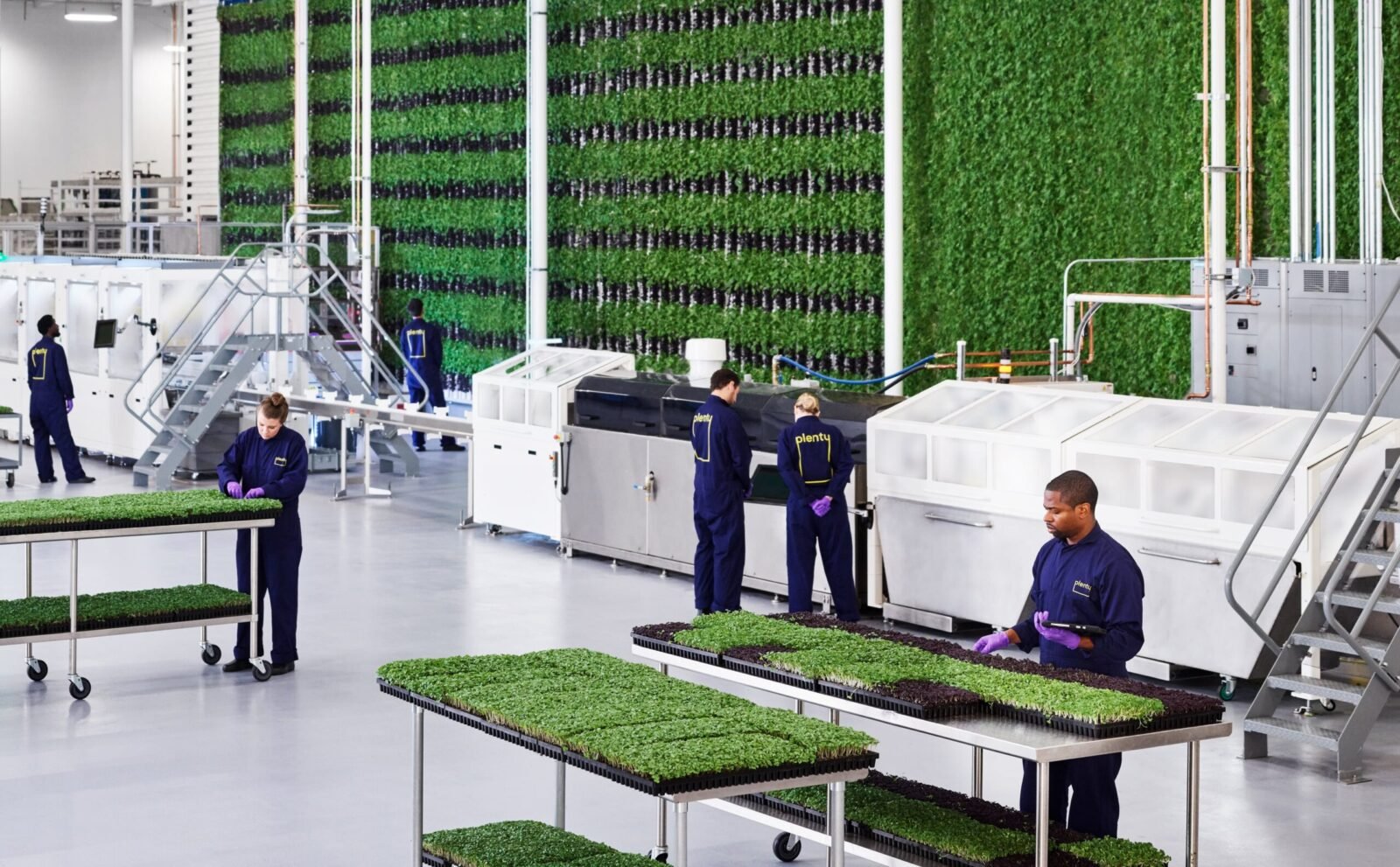
Plenty are well versed in plant science and know which tricks to use to ensure their plants are happy and healthy. For example, if you can introduce a small amount of blue light at a particular stage in the plant’s growth cycle, it will yield a crop that has a thicker lead texture, and thus deliver a salad with the perfect crunch. By utilising all of these techniques in combination throughout the plant’s growth, you can ensure that you will yield the best produce. Next to great taste, Plenty cares about yield: Tigris can grow up to 1 million plants at a time, and process 200 plants per minute, in a space much smaller than traditional agricultural farms.
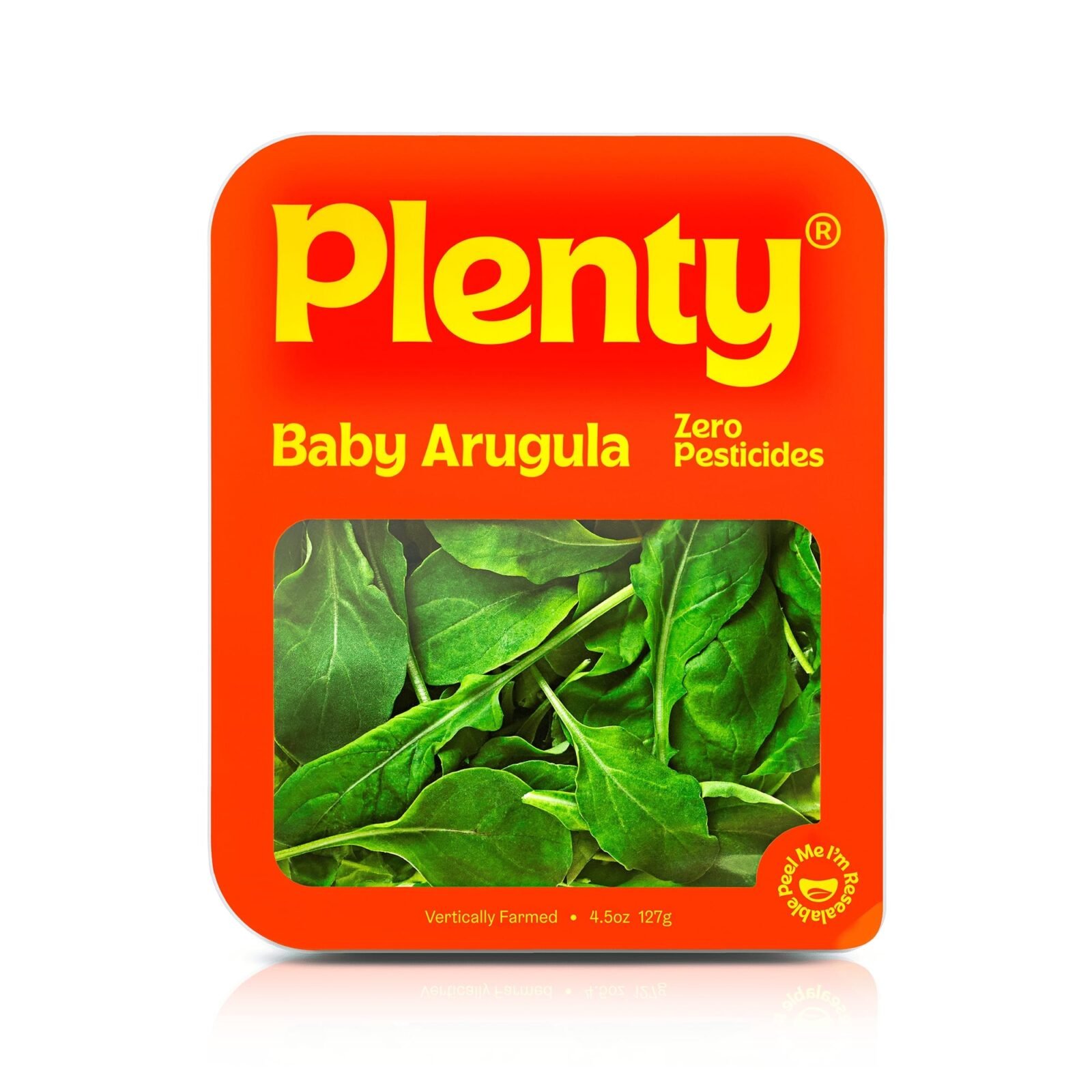
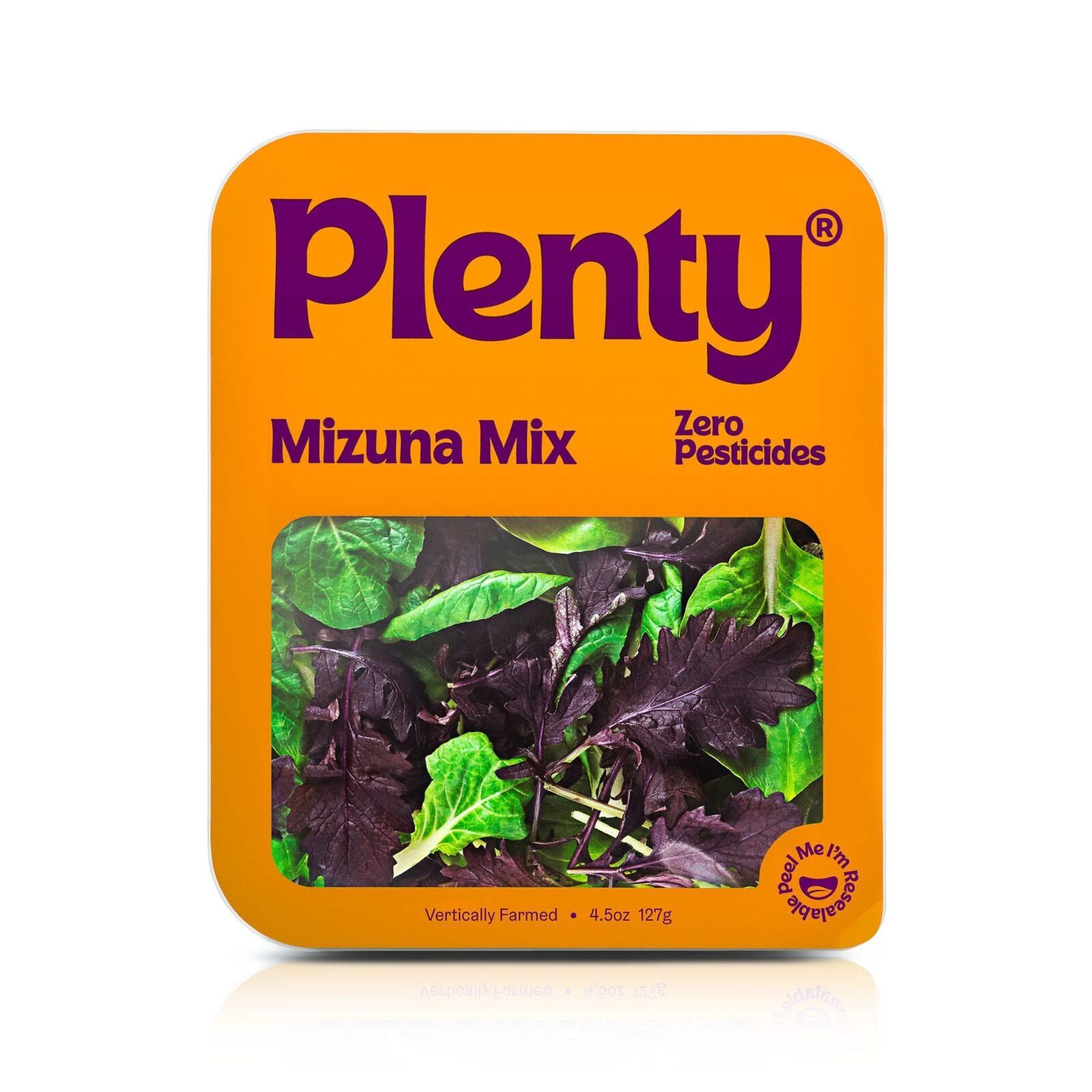
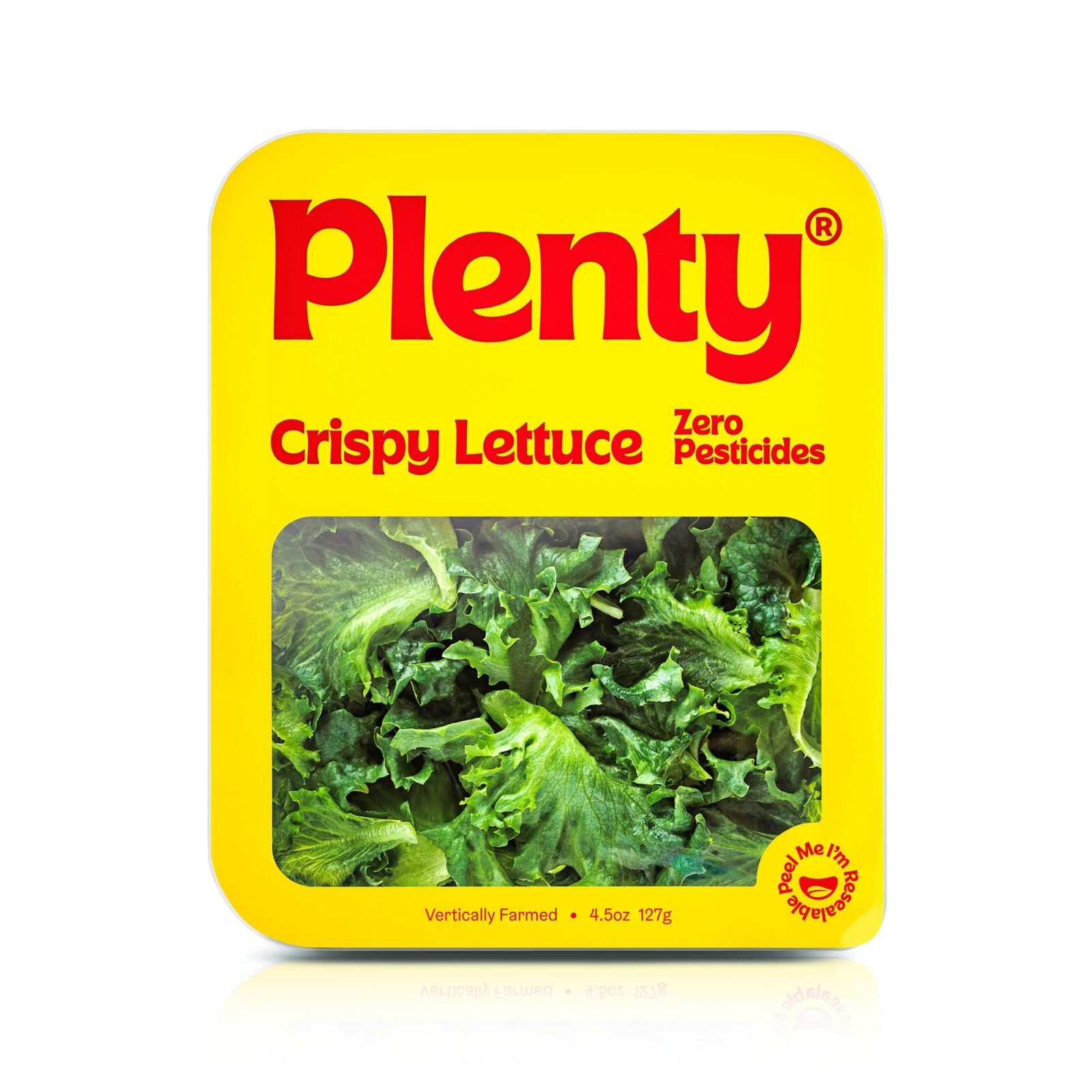
Plenty envision a future where fruits and veggies taste so good that they can replace crisps and chocolate as ‘go to’ snack foods. In fact, Plenty have recently launched a new visual branding strategy designed by &Walsh, which taps into the colour psychology that fast-food brands have been appropriating for decades. Their new packaging spotlights vibrant reds and yellows, in combination with a new unique and bold typeface. Many fast-food brands use these colours due to their impacts on human psychology: red inspires hunger, whilst yellow sparks happiness. Plenty packaging is now in stark contrast to that of other leafy green brands, which tend to be plain, green and focus on the health value of products. The aim of the re-brand was to make the brand and packaging feel more warm and accessible. The new bold, rich colours and typeface hope to create a product that is not just healthy and good for the planet, but just as craveable as fries and soda.
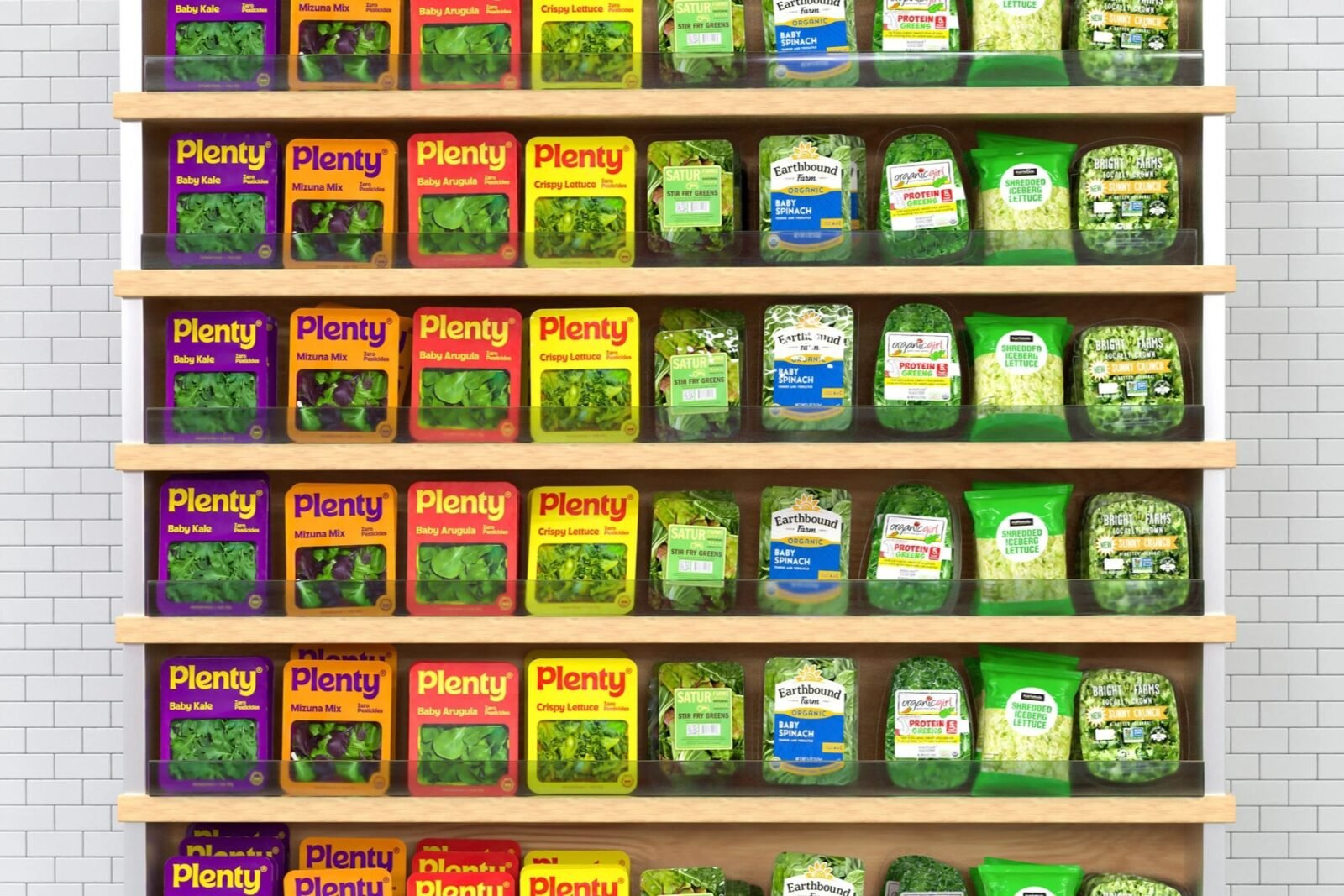
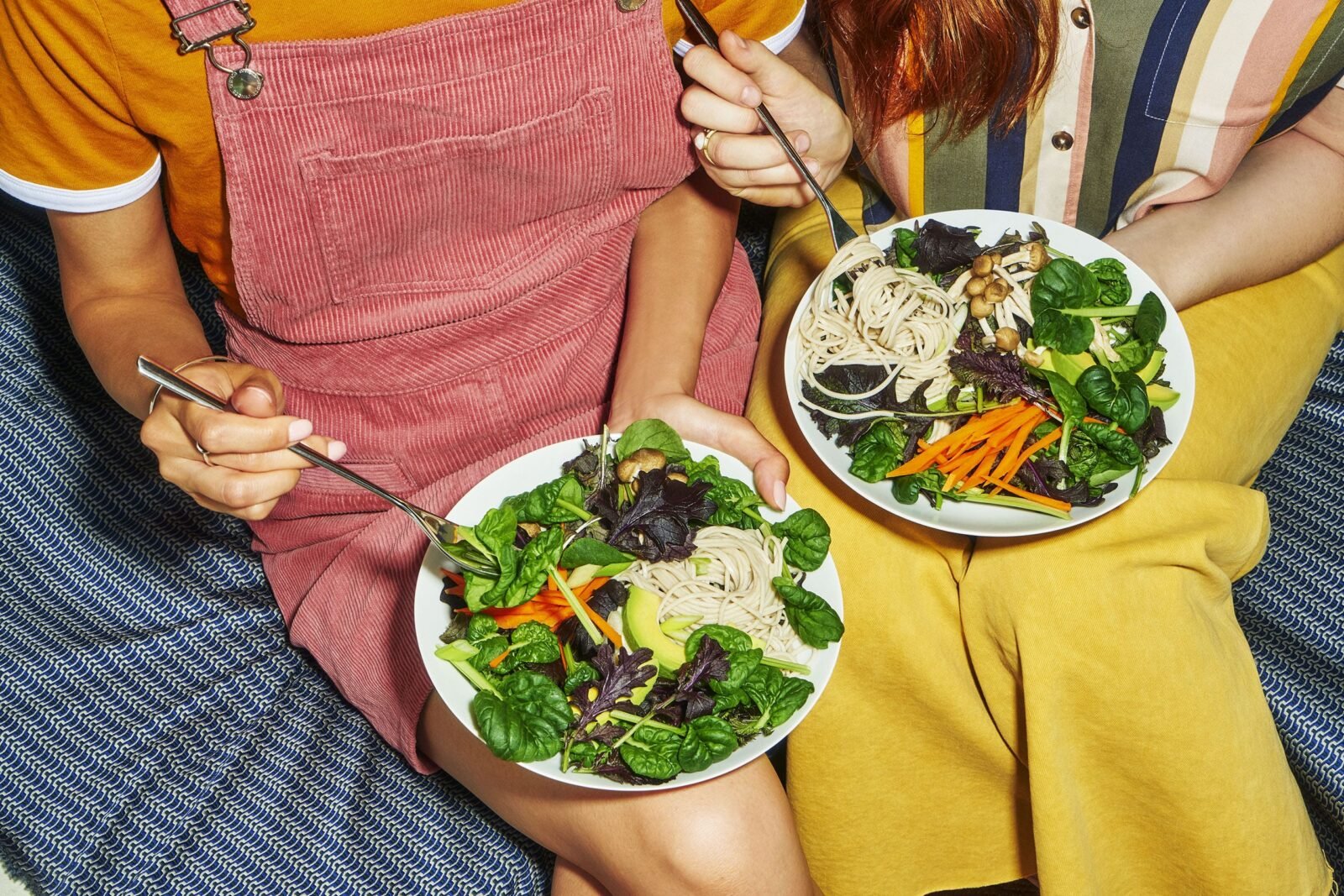
On the face of things, Plenty’s methods might not appear to live up to romanticised notions of agriculture and sustainability. But the reality is that Plenty farms are highly efficient — they produce highly nutritious and tasteful crops using significantly less land and water than traditional farms, whilst being powered entirely by clean energy. Plenty also prides itself on being a future-proof farming solution. In the future, there will be times where the yields of traditional agricultural production cannot keep up with all the mouths it needs to feed. And this problem will only be exacerbated by climate change and ongoing soil degradation. There is therefore a great need to develop alternatives to traditional agriculture, and Plenty farms represent a significant step in the right direction.



